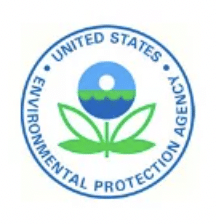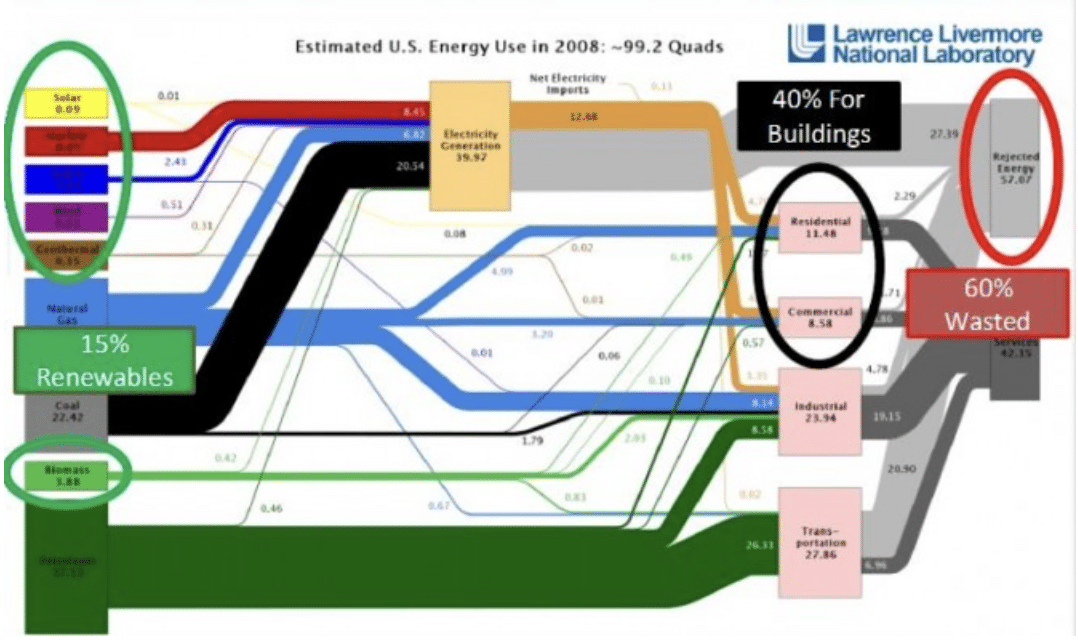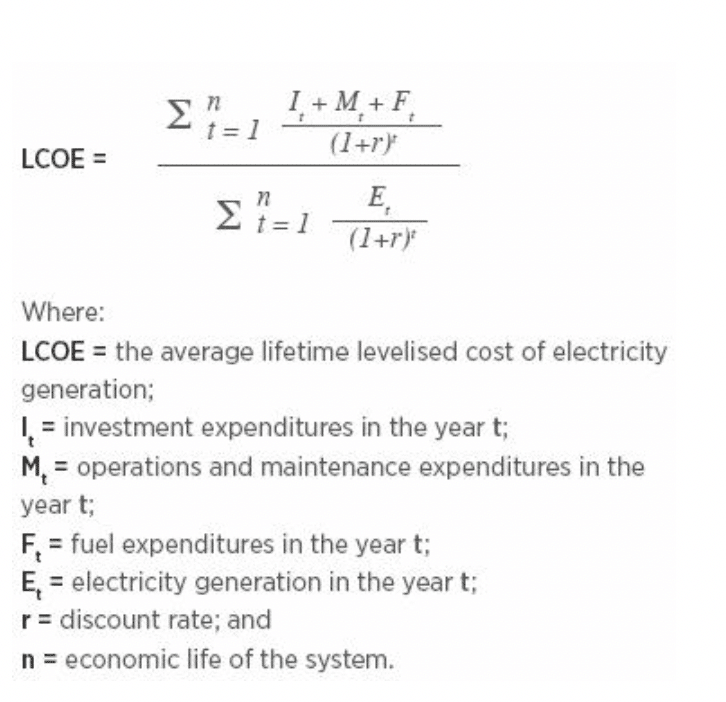
How effective was this innovative legislation at improving air quality and reducing acid rain?
A team of over 30 scientists at 11 organizations developed the Tracking and Analysis Framework (TAF) as an integrated environmental assessment model to help answer this question for the National Acid Precipitation Assessment Program (NAPAP).
The challenge
The Clean Air Act Amendments (CAAA) of 1990 was aimed at improving air quality and reducing acid rain in the United States. It introduced a major innovation in environmental regulation: it created market-based incentives to reduce air pollution with a system of tradable permits to emit sulfur dioxide.
The late Senator Moynihan included as part of the act, which he called “this grand experiment”, the unusual requirement that the National Acid Precipitation Assessment Program (NAPAP) evaluate its success with a comprehensive assessment of its costs and benefits. The objectives of the assessment were to:
- Evaluate the status of implementation, the effectiveness, and the costs and benefits of the acid-deposition control program created by Title IV of the Act, and
- Determine whether additional reductions in deposition are necessary to prevent adverse ecological effects.
To help NAPAP address this challenge, the US Department of Energy (DOE) sponsored the development of an integrated assessment model, known as the Tracking and Analysis Framework (TAF).
The CAAA has had a wide variety of effects, ranging from increased costs to power companies and electricity consumers, to improved air quality and visibility, reduced acid precipitation with benefits for forest, stream, and lake ecosystems, and reduced sickness and premature mortality among exposed populations.
An integrated assessment of the full range of effects required a team of experts in many disciplines ranging from power-plant engineering, pollutant transport, atmospheric chemistry, ecosystems analysis, epidemiology, statistics, economics, and computer modeling.
Why Analytica?
“Quite simply, if Analytica had not been available, the project could not have been completed under the very tight time constraints under which we had to operate.”
“We chose Analytica to satisfy multiple goals for TAF: Each project team needed to create modules that could handle an appropriate level of technical and scientific depth, while we also needed to link the modules to enable an integrated assessment at the national level. We needed to incorporate uncertainty into all aspects of the analysis to understand the importance of key model parameters.”
“Our development process iteratively refined each module to find the most appropriate level of detail or aggregation, so we needed the flexibility of changing array dimensions without requiring rewrites of the model structure. We needed to explain model results to both technical and non-technical audiences: Analytica excelled in easily visualizing complex relationships.”
– Cary Bloyd, TAF project Principal Investigator of Argonne National Laboratory
The solution
TAF was designed to be fast enough to be able to run with multiple scenarios in a few minutes on a laptop computer. It was designed to be clear and accessible so that scientists and analysts from public and private sectors can use it to review, understand, and contribute to the assessment.
It is also flexible and extensible so that it can easily be modified to incorporate changing assumptions and to address new policy issues.
TAF consists of ten main modules focused on different elements of the problem, as illustrated in its top level influence diagram:
Each module was developed by a different interdisciplinary team to represent the best available scientific understanding. Some modules were based on results from much larger and more detailed computer models — for example the atmospheric transport module used source-receptor matrices generated by the ASTRAP model from Argonne National Laboratory, a state-of-the-art transport model taking hours of time on an advanced workstation.
These matrices represent the contribution of emissions in each source state to concentration and deposition of pollutants in each receptor state. Other modules used response surfaces fitted to the results from more detailed models – for example, the soils and aquatic effects was based on the Magic model.
These reduced-form models are simple to understand and fast to run, but have scientific credibility based on their calibration with much larger and more complex models.
The Scenario Selector module enables the user to select and compare policy scenarios, including projections of emissions over time with or without the effects of the Clean Air Act, or with further reductions.
The Model Results computes and compares the many effects of each scenario, including economic costs of control, air quality and visibility, soil and aquatics ecosystems, and damage to human health.
TAF expresses the scientific uncertainty about each quantity as a probability distribution. For example, the human-health dose-response functions were provided by experts on health effects and epidemiology in the form of probability distributions.
The model propagates all uncertainties through to the results with efficient Monte Carlo. It supports uncertainty analysis to compare the relative contributions of each input uncertainty — to help identify areas where further research would be most valuable.
The team developed a process to agree interfaces with modules, using a Public Index Library to define the dimensions (time steps, geographical, regions, chemical species, etc.) of the arrays passed between modules.
This process proved highly successful in ensuring that modules could be developed separately and combined effectively into a single integrated assessment model.
TAF was originally built in 1996, with refinements in 1998. Since then it has been adapted and extended, and is continuing to be used to address a wide variety of related problems of air quality policy by Resources for the Future and others.
Authors
An unprecedented feature of TAF was the large number of organizations and authors that collaborated directly in building the model.
Normal practice in environmental modeling is to use a small core team, often with a single primary modeler. The comprehensive coverage of TAF and the short lead time required that each module be created by a different team with special expertise in that area.
Thus, TAF was created by over 30 contributors in 11 organizations, including universities, national labs, nonprofit think tanks and consulting firms.
Sponsors

For more
TAF has been described in and several publications, including:
- Innovations in Integrated Assessment: The Tracking and Analysis Framework (TAF); Max Henrion, Ph.D.; Richard Sonnenblick, Ph.D.; Cary Bloyd, Ph.D.; Presented at the Air and Waste Management Conference on Acid Rain and Electric Utilities, January 1997
- Lessons in the collaborative construction of an environmental integrated assessment model: The Tracking and Analysis Framework; Richard Sonnenblick, Ph.D.; Max Henrion, Ph.D.; Kevin Soo Hoo; Presented at the Air and Waste Management Conference on Acid Rain and Electric Utilities, January 1997
- The Costs and Benefits of Reducing Acid Rain; Dallas Burtraw, Alan Krupnic, Erin Mansur, David Austin, and Deirdre Farrell; Contemporary Economic Policy, vol. 16, October 1998
- Electricity Restructuring and Regional Air Pollution; Karen Palmer and Dallas Burtraw; Resource and Energy Economics, vol. 19, 1997.
- Modeling Visibility for Assessment; Jack D. Shannon, Edward C. Trexler, Jr., Richard Sonnenblick; Atmospheric Environment, vol. 31, No. 22, 1997
- Reduced-Form Modelling of Surface Water and Soil Chemistry for the Tracking and Analysis Framework; Water, Air and Soil Pollution, vol. 105: pp.617-642, 1998





